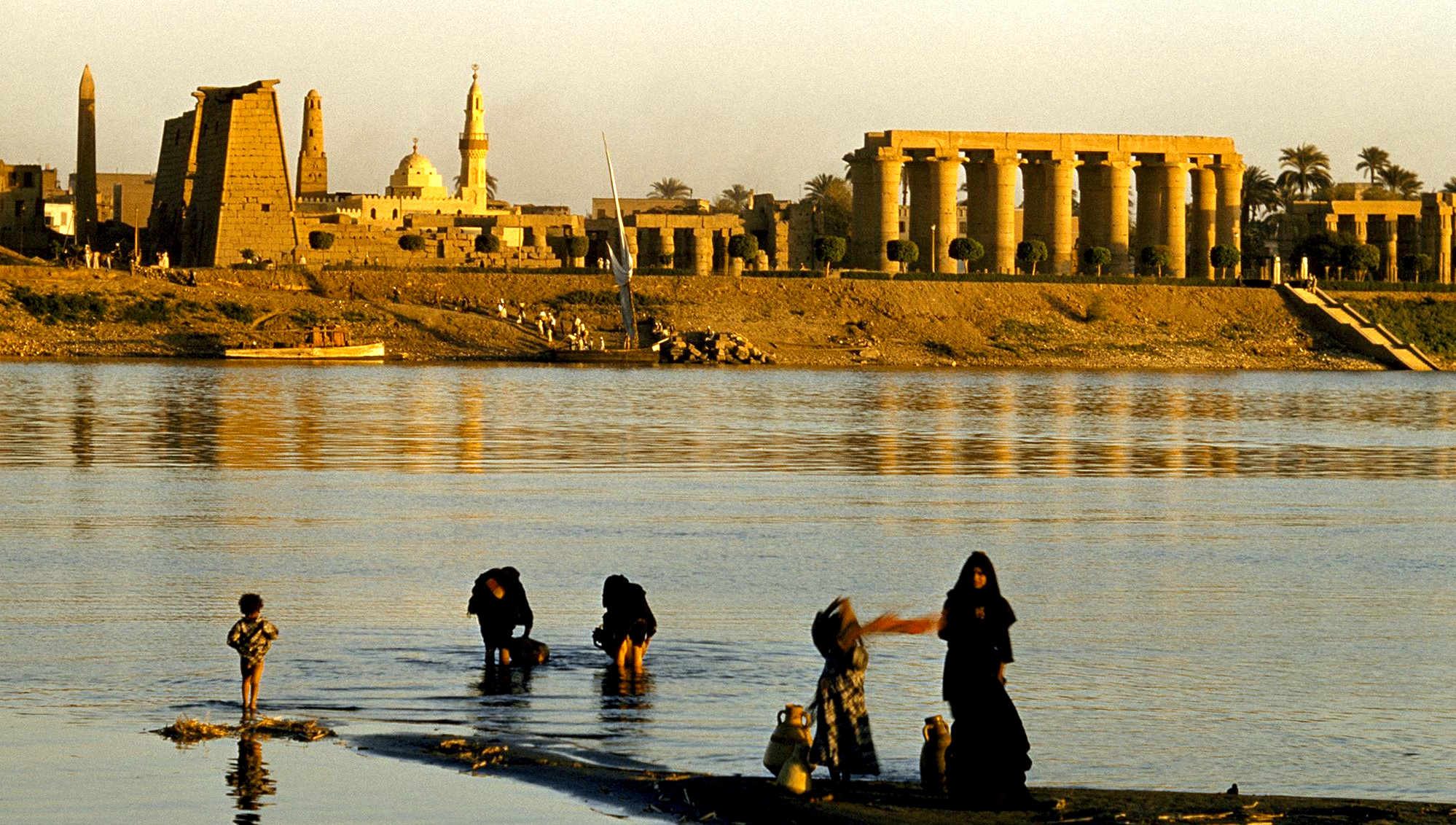
The Nile is one of the most important rivers in Africa, but when the River is mentioned one might quickly
conjure up images of Egypt. It had a spiritual connotation for the
ancient Egyptians as well as the Pharaohs.
Egypt is in a desert climate that greatly depends on this river for its major developments. The ancient Egyptians used the water for irrigation and building the pyramids. Humans need a good supply of water to
function, and water is needed to make plaster.
Rich soil deposits along the banks of the Nile have allowed people to farm.
The flooding and annual deposits have played an important role in Egypt’s development into a civilization.
Most of Egypt’s settlements are located along the banks of the
River
Nile. After crossing more than nine countries and a desert, the River Nile finally drains into the
Mediterranean
Sea.
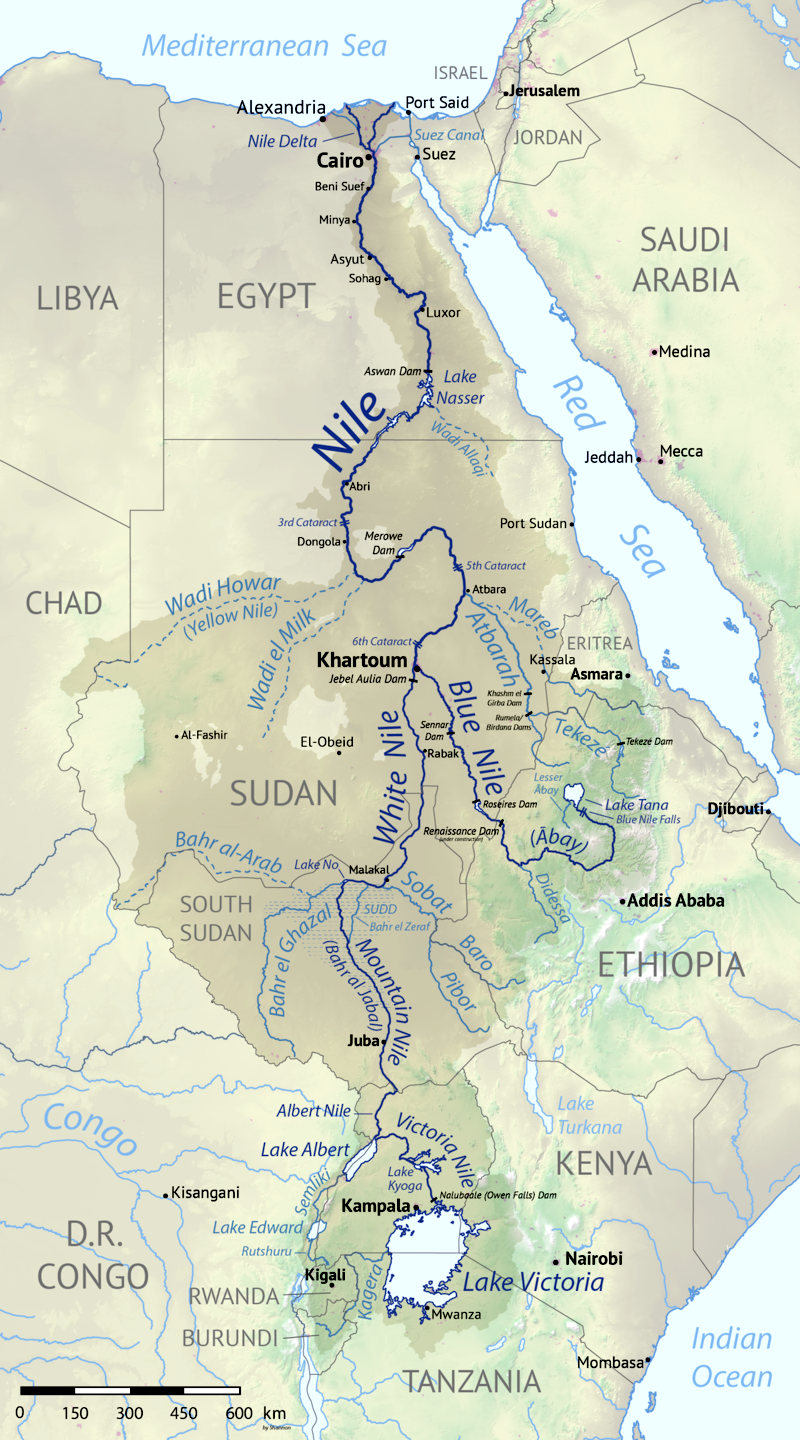
Cleopatra
was fond of entertaining dignitaries on her royal barges as
they cruise the Nile, such as Julius
Caesar and Mark
Antony.
TEN INTERESTING FACTS ABOUT THE NILE
1. The River Nile is believed to be the longest river in the world
The Nile is 4,132 miles long. It flows from Lake Victoria in East Africa up north through the Sahara Desert and finally drains in the
Mediterranean
Sea.
Some challenge this thought of it being the longest river and have been searching for its main source, some stating that it starts from a stream in Rwanda. It is without
doubt the longest river in Africa. But the Amazon
is a contender.
Some scientists believe that River Nile is longer than the Amazon River which is 3,997 miles long.
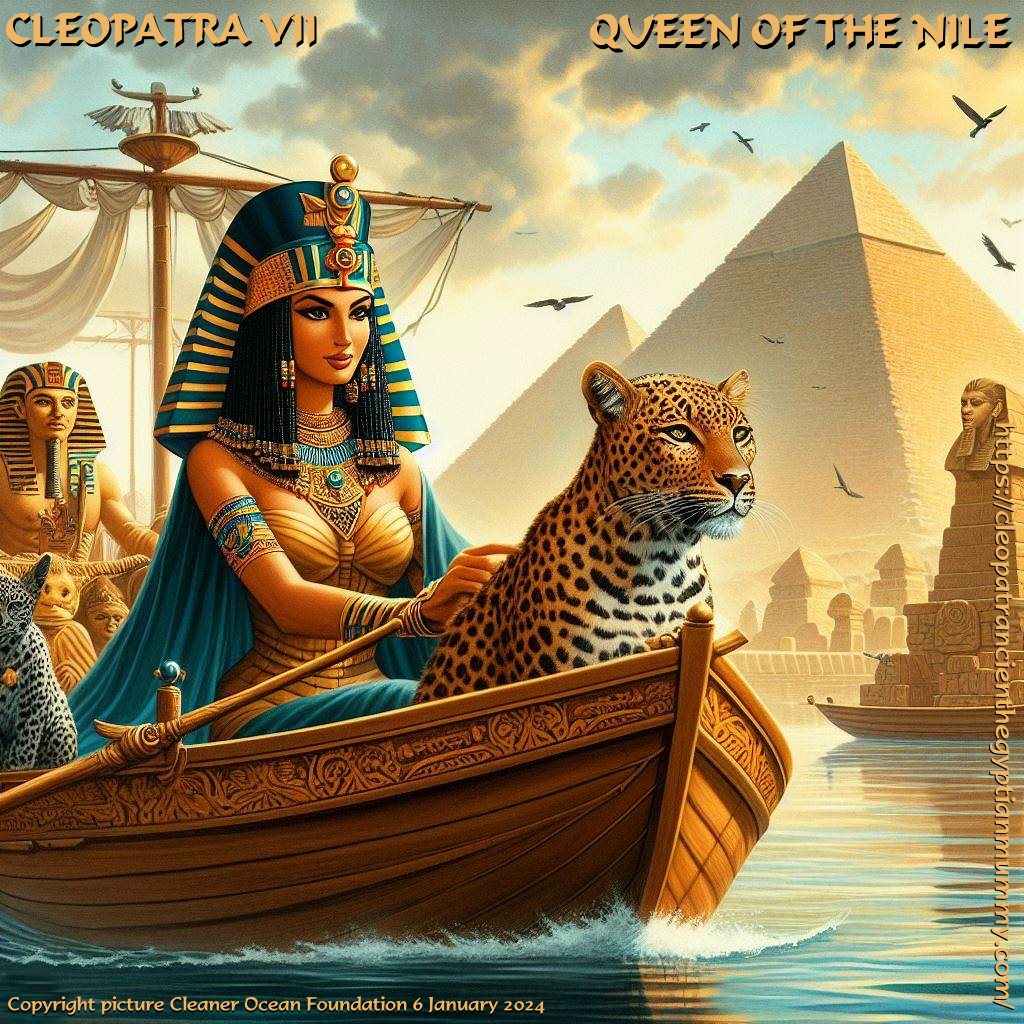
QUEEN
OF THE NILE - A
superb depiction of Cleopatra enjoying a ride on the great river that she
loved so much, along with leopards and crocodiles. She lived at a time built
on much achieved by her forbears, coming to power at a time of change, thus
needing to use her wiles to seduce successive Roman leaders. On wonders then
at her intellectual and bedroom skills, for seducing Julius Caesar was no
easy task, but then to succeed again with Mark Antony, must surely rank her
as one of the greatest seducers of men of power, of all time. And, that sets
her apart from other female rulers, past and present. For, she managed to
pull off such alliances, despite not being facially beautiful. She must then
have possessed the body of a temptress. Which as we know, she presented
rather well. Better than all the lacey undergarments and modern attire, may achieve
today.
2. River Nile passes through nine African Countries
The River Nile goes through Tanzania (its source), Uganda, Ethiopia, South Sudan, Sudan and Egypt. This ‘route’ is famously known as the Nile Delta.
Part of the River Nile that flows north flows through South Sudan and Sudan then to Egypt.
It also flows through Egypt’s capital Cairo and the city of
Alexandria which is by the
Mediterranean
Sea.
The annual flooding that happens at the Nile has been a blessing to the communities living by its banks. This is because the rich soil deposits went to farms along the bank.
Most historical sites in Egypt and Sudan are found along the banks of the River Nile. This says a lot about the significance of this river.
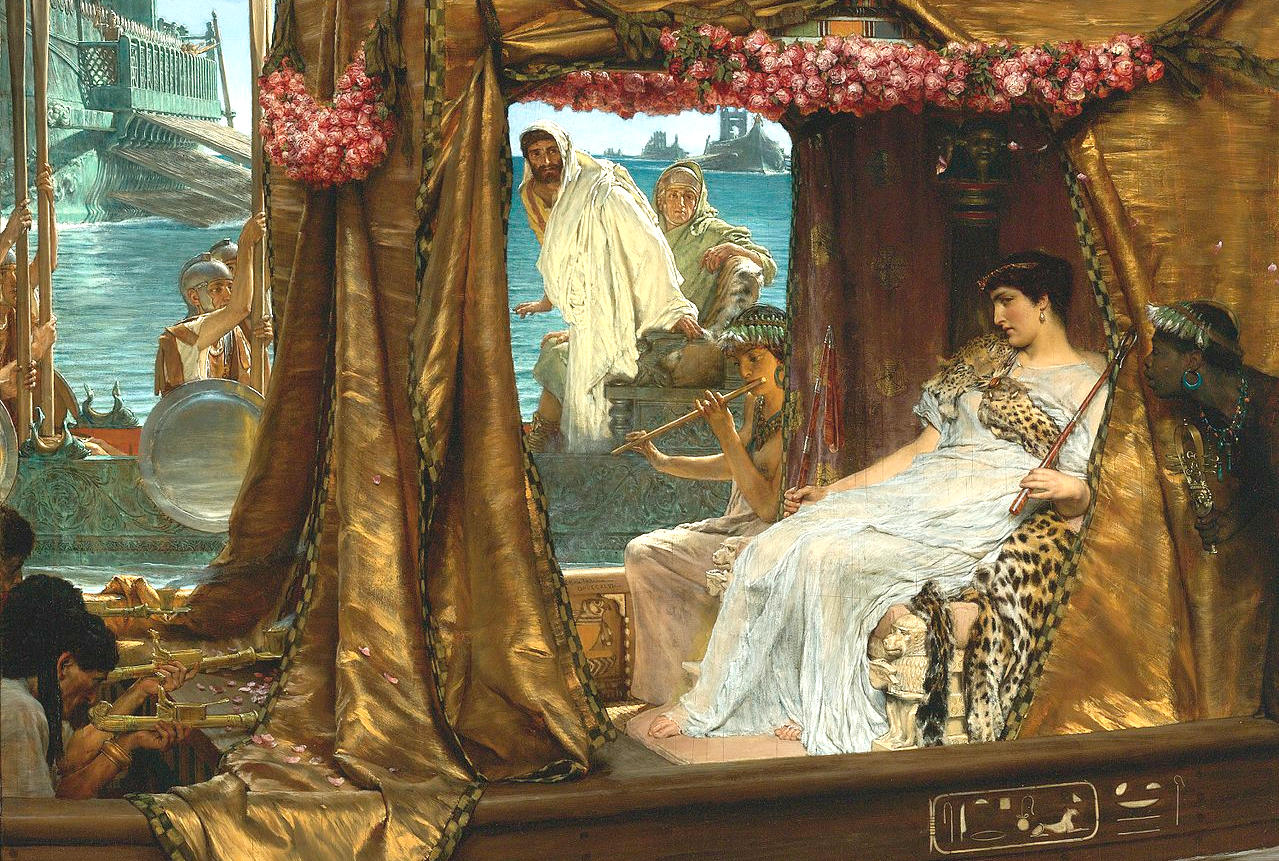
THE
POISON ASP - Tragically, queen Cleopatra poisoned herself
with an Egyptian cobra. Later her
mausoleum was washed into the sea by an earthquake and
tsunami in 365AD. Until, Safiya
Sabuka finds her mausoleum off the coast of Alexandria
(fiction).
3. River Nile was sacred to ancient Egyptians
This river played a very important role in the lives of ancient Egyptians.
They used the river water levels to plan their calendar. Their year began in mid-July when the river flooded.
Since the soil deposits during the flooding season were black, the Egyptians called it aur, meaning the mud that gave life. It was a source of life for them because they farmed there.
The crocodiles of the Nile were also honoured, like temple
cats. They were seen as an earthly manifestation of a god.
A crocodile was kept in a temple and it was adorned in jewellery. When it died, they would replace it with another one. It was named Petsuchos.
4. The annual floods make the banks of the River Nile very fertile
The Nile River floods annually, this is welcomed by the communities that live by its banks.
The floods keep the soil along the river fertile and perfect for farming. It is through this that Egypt was able to develop through
agriculture.
Known as one of the richest silt deposits in the world, the River Nile has greatly contributed to the civilization of Egypt.
This black deposit made the people call it the Black River. Egypt is a fairly dry country, thanks to the Nile that never dries up, its economy and development have never stalled.
The river was also used to transport goods to other far places.
5. There are two other Nile Rivers
Although this is the main Nile, there are other tributaries. The Lower Nile also known as the Blue Nile, floods during summer. It also flows throughout summer and supplies about 60% of its water to River Nile.
The White Nile is the other tributary, it starts from Lake Victoria
(Dr Livingstone I presume) and its water remains steady all year round.
As it traverses the Ethiopian highlands, Atbara river, White Nile tributary drains its waters to the Nile before it gets to Egypt.
There is also the Yellow Nile that was a distributary of the Nile River, unfortunately, the Yellow Nile dried up.
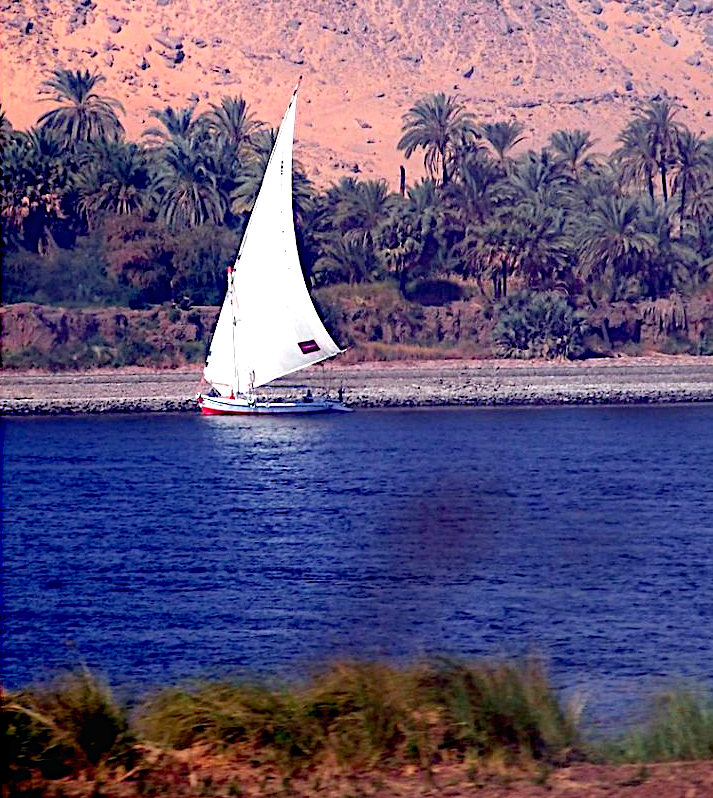
6. River Nile led to human development along its banks
The ever-flowing River Nile led to permanent human settlements along its banks. It was around 6000 BCE when the first human settlers moved there.
According to historical facts, the settlement was officially recognized as a state in 3150 BCE.
As the population
grew, so did the culture making it rich and complex. Egypt was the most dominant nation for more than 3000 years along the Mediterranean Sea.
Today, Egypt is home to more than 50 million people and a majority of the population live along the Nile.
7. Egyptian Cotton is grown along River Nile
A Greek historian, Herodotus, was famously quoted for saying that Egypt was the gift of the Nile.
He came up with this phrase because the river is ever-flowing and sustained millions of lives along its course.
River Nile is also credited for the civilization of Egypt. The rich black soil has been used to grow cotton, wheat and other crops that are for export.
Egyptian Cotton is very popular; you probably own a pair of comfortable bed sheets made in Egypt.
The papyrus growing along the banks of the river was used to make paper. Ancient Egyptians had a famous song praising the river for its miracles.
8. Ancient Egyptians believed River Nile led to the afterlife
The Nile River was an important part of Egyptian spiritual life. They believed that it was the pathway between life and death.
For this reason, they built all tombs on the west side of the Nile. Egyptians believed the west bank was the place of death since the sunset in the west.
The east was believed to be the place of birth. Their sun god was called ra.
Another god associated with River Nile was the god Hapi, he was the god of the floods. It was believed that both hapi and the pharaoh controlled the floods.

9. River Nile provided water used to construct the great pyramids
Egypt is known for its majestic and towering Pyramids. They were used as tombs for the pharaohs. Ancient Egyptians used bricks and rocks to build them.
The bigger the pyramid, the higher the status of the king. This required more bricks and water.
They used the water from River Nile to build the pyramids and other historic structures in Egypt.
To have a constant supply of water to the construction sites, they dug dykes that took water through the canal. The canals were later used by ships and boats.
10. River Nile is one of the most famous tourist attractions in Egypt
The Nile is a much-loved tourist destination for people visiting Egypt. Several boat cruises take tourists on a tour of the Nile.
As does "Death On The Nile," the Agatha Christie
novel that has been made into many films.
Most tours use the Luxor and Aswan routes. It usually takes about three or four nights. At night, one gets to see illuminated temples and monuments under a starry night.
During the day, there is more to see, such as farmlands and other rural scenes that have remained unchanged for several years.
It is like a trip back in time.